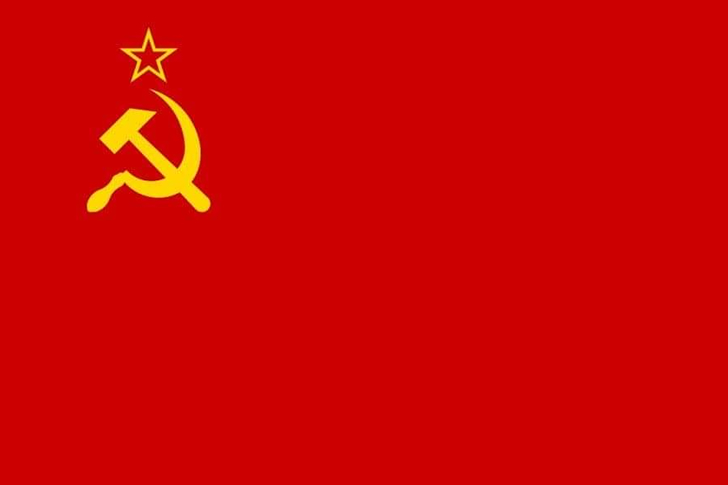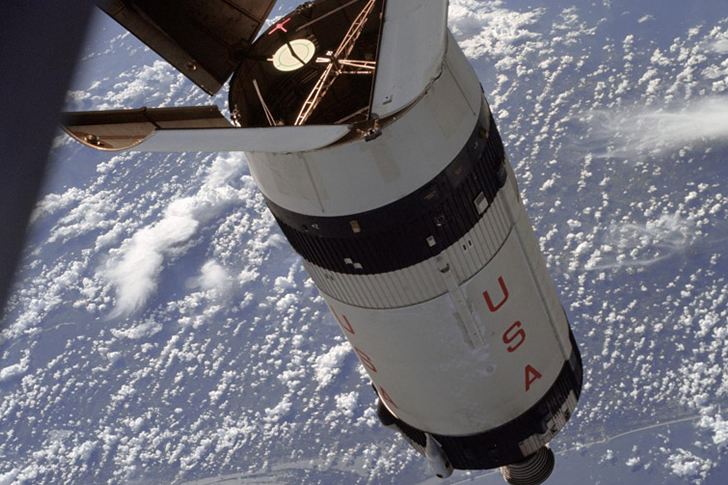The Space Race between Russia and the US
You are probably familiar with the ongoing trade war between the US and China, where the current US administration has been imposing tariffs to Chinese firms, leading investors to pull out their investments from China-associated companies. Long before the trade war, however, there was the Space Race between the US and the Soviet Union. The race was part of the bigger ideological battle called the Cold War, in the aftermath of World War II. Both countries wanted to prove that they are the best in terms of politics, military power, technological advances and economy.
The Origins of the Space Race

The Space Race began earlier, in 1955, when Russia, in answer to the challenge of the United States, committed to launch satellites on Earth’s orbit to coincide with the International Geophysical Year. It is interesting to note that many other events were happening during this period that increased the degree of tension between the two countries. There was the Korean Peninsula war, the Cuban missile crisis in 1962, and the earlier construction of the Berlin Wall in 1961. The Soviet Union took the world and the military and political leaders of the US by surprise when on October 4, 1957, as promised and on schedule, they launched Sputnik I into space using a Soviet R-7 intercontinental ballistic missile.
The Space Race has began
Not to be outdone, and just slightly behind by four months, on January 31, 1958, the United States sent Explorer I into orbit. The race was officially on, and it would continue until the peak, which many scientists and observers say happened when the US landed two men on the moon’s surface in 1969. President Dwight D Eisenhower also signed an order creating the National Aeronautics and Space Administration (NASA), a federal civilian agency dedicated to space exploration. In doing so, President Eisenhower shifted the race from one led by the military to that headed by civilians.

The US also made significant investments to make sure they become successful in the space race. While the space race would be led by civilian authorities, the president also ordered the Air Force to explore the military potential of space, and another agency was tasked to spy on the Soviet Union using orbiting satellites.
Everyone was Hyped
The space race was essentially a list of firsts. The Soviet Union was able to send the first artificial satellite. It also received credit for sending the first dog, Laika, aboard Sputnik II. The Soviet Space Program was making headway in the space race as it sent Luna 2, the first space probe to hit the moon in 1959. As a prelude to sending men, the US sent chimpanzees to space, too. In March 1961, Yuri Gagarin became the first astronaut to orbit the Earth. Trailing a bit behind, Alan Shepard became the first American astronaut in space on May 5, 1961. He did not go into orbit, though.
President John F Kennedy Promises the Moon

Emboldened by having the first American in space, President John F. Kennedy made a public promise that the US would ensure they be the first to land on the moon before the decade ended. Working hard to deliver on the vision, NASA sent John Glenn into orbit in February 1962 and launched Project Apollo by the end of the year. They had also started researching on how to sustain human life in space in the absence of gas and gravity. Many inventions resulted from this including freeze-dried food, cochlear implants, space toilets, and even memory foams. The will to make humans survive space proved to be an inspiration for inventors to be very creative.
The Apollo Missions
While the Soviet Union had the lead initially, observers say that the US was the clear winner of the space race and it culminated when in 1969, Apollo 11 was sent to the moon successfully. This was the result of the massive investments made by the US government in their space program. From 1961 to 1964, the budget of NASA saw a 500% increase. Despite a setback in the Apollo program in January 1967 when the three astronauts, Gus Grissom, Ed White, and Roger Chaffee were killed in a pre-test flight, Apollo 8 became successful in sending men in orbit around the moon. Less than a year later, TV watchers would hear Neil Armstrong announce that “the Eagle has landed” to the cheer of everyone.
The world then saw several more successful moon landings. While the US emerged the clear winner here, we also should give credit to the Russian space program that helped usher in the era of space exploration.
